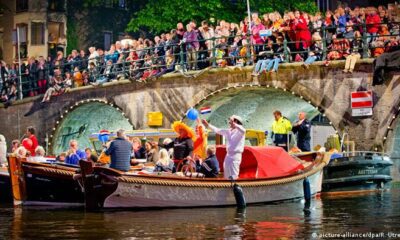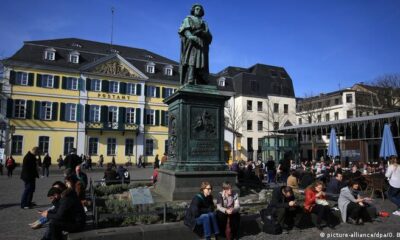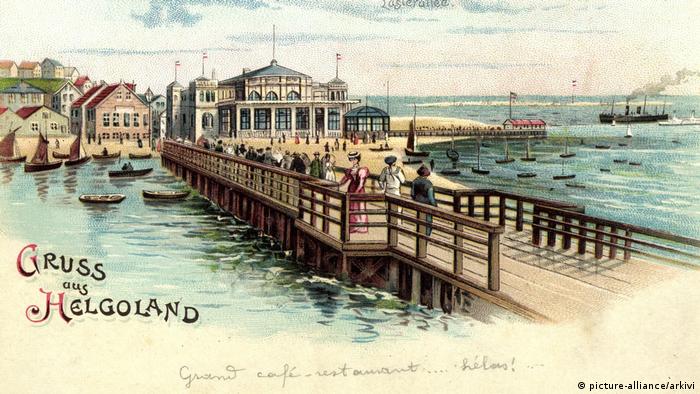
The tiny island of Heligoland lies 50 kilometers off the German North Sea coast. No cars, not even bikes – no noise, just good air. A square kilometer of island happiness between sky and sea.

Disembark, please!
Helgoland is also currently taking a Corona break, the locals are keeping to themselves. A rare luxury. Normally up to 3000 day tourists come to the island every day. However, the ships do not dock in the port, they anchor in the bay. Tourists have been brought ashore with Börte boats for almost 200 years. The robust oak boats have been an intangible UNESCO World Heritage Site since 2018.
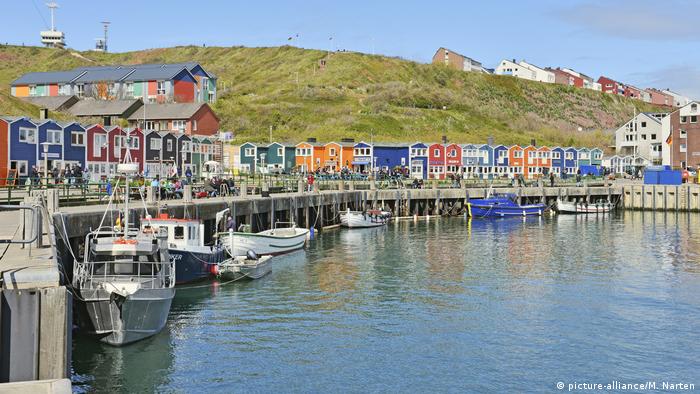
Colorful welcome
This brightly colored promenade along the harbor welcomes all newcomers to the island. Originally used as storage shacks by fishermen, the lobster shacks now house restaurants, shops and gift shops. If you are still a bit seasick from the crossing – which can happen when the sea is rough – you can collect yourself here before continuing.
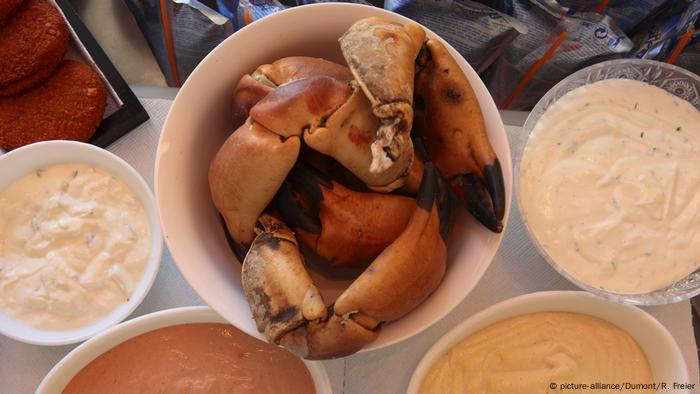
Delicacies from the sea
Heligoland is a good address for seafood. There are still lobster fishermen here, and crabs are also brought out of the sea. Knieper, these are the claws of the crab. They are considered a delicacy here and are served with delicious dips. The guests are sometimes given a hammer to tackle the concrete-hard shells.
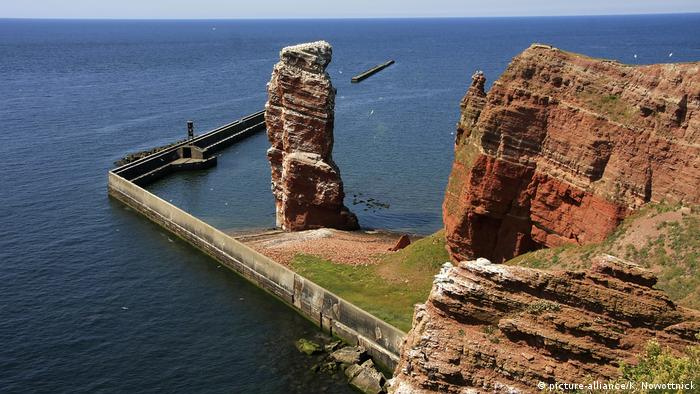
Red landmark
A comfortable hiking trail leads over the rocky plateau to “Lange Anna”. The Nadelfelsen on the northwestern tip of the island is Heligoland’s landmark – and the breeding ground for many bird species. In June and July, the guillemots raise their offspring there and next door on the Lummenfelsen. They like to do their first flight lessons in the evening hours – one of the many natural spectacles on the island.

Parallel world in the rocks
One does not suspect it, but a huge bunker system runs through the rock. Built by the National Socialists in World War II, who upgraded Heligoland into a fortress. The civil defense bunker, which is the only one that has survived, can be visited today. All other military installations were destroyed by the British Air Force in 1947.

The beginnings of tourism
Heligoland before the Second World War only exists on postcards. It was recognized early on that the island climate is good for health. The seaside resort was founded in 1826 and tourism developed into a solid source of income – until the Second World War brought everything to a standstill. A few years later, business picked up speed again: shopping tourism began.
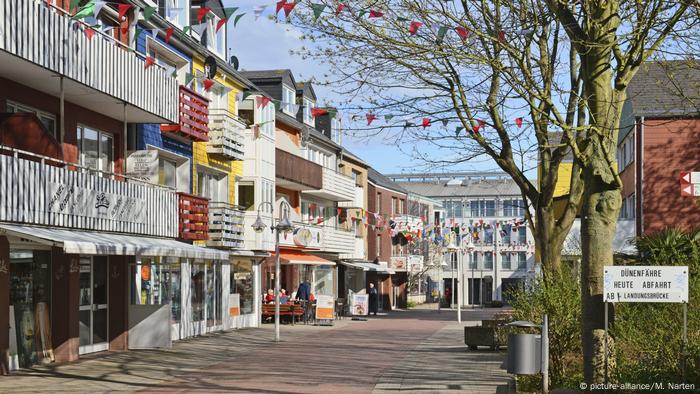
Unique in Germany: Duty-free shopping
In terms of customs, Heligoland is considered a foreign country and is not subject to EU tax law. Guests can shop here duty-free and without VAT. This special regulation goes back to the time when Helgoland was British (1807-1890). When it was handed over to the German Reich, it was stipulated that the tax exemptions introduced under English rule would be retained. That still applies today.
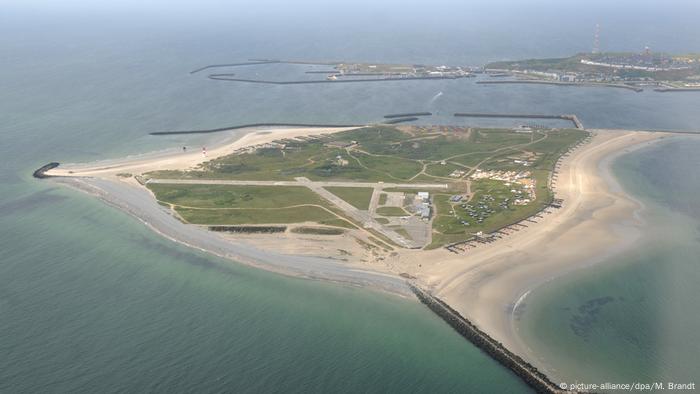
Secret Gem
The even smaller neighboring island “Düne” can only be reached by ferry. A devastating storm surge separated them from the main island almost 300 years ago. There is an airport, a campsite, holiday bungalows and lots and lots of beaches. On the one hand, bathers use it in summer. On the other hand, it is also home to the largest colony of gray seals in the North Sea.
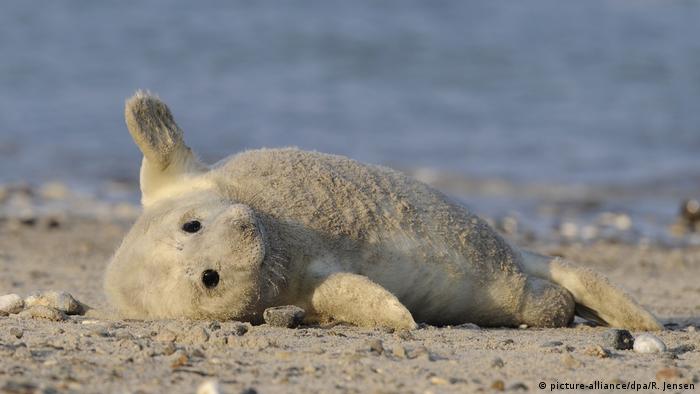
Nursery of gray seals
In winter, crowds of amateur photographers make their way to the dune. Then the cute baby seals are born. Boardwalks and viewing platforms provide a good view of the animals – at a respectful distance. You must not be disturbed under any circumstances. You are on the safe side by booking a nature tour. Rangers bring tourists close to the animals – but never too close.
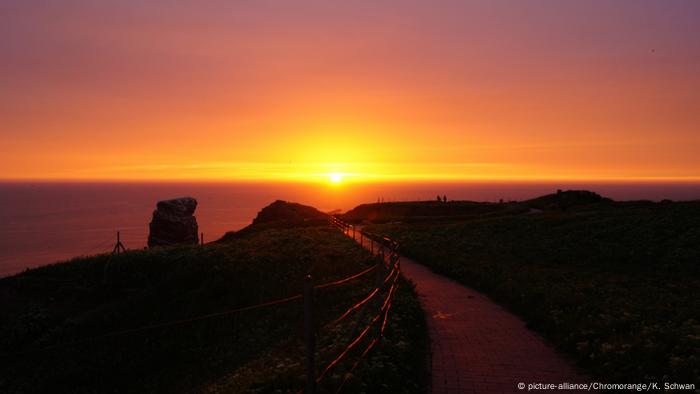
Free fireworks in the evening
In the right place at the right time. At the end of the cliff path that leads to Tall Anna, the view goes west. It is the best place to watch the sunset. The low sun makes the sky and the red sandstone rocks glow. But only overnight guests can experience that. The day trippers are then long back on their way to the mainland.

Must See
-




Tips
/ 11 months agoTen reasons for Amsterdam
Amsterdam mainly celebrates April 27th in Orange. The king’s birthday is traditionally celebrated with a...
-


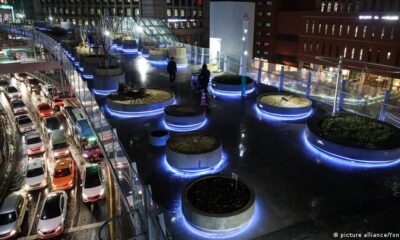



Tips
/ 11 months agoTen travel tips for South Korea
A country between high-tech and tradition. A visit to East Asian South Korea is worthwhile...
-


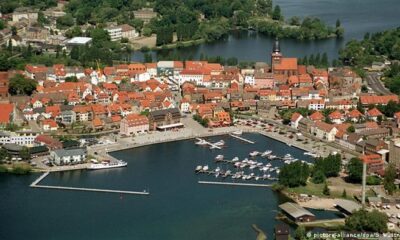



Tips
/ 11 months agoTen reasons for Mecklenburg-West Pomerania
No other federal state has as much water as Mecklenburg-Western Pomerania. Baltic Sea waves wash...
